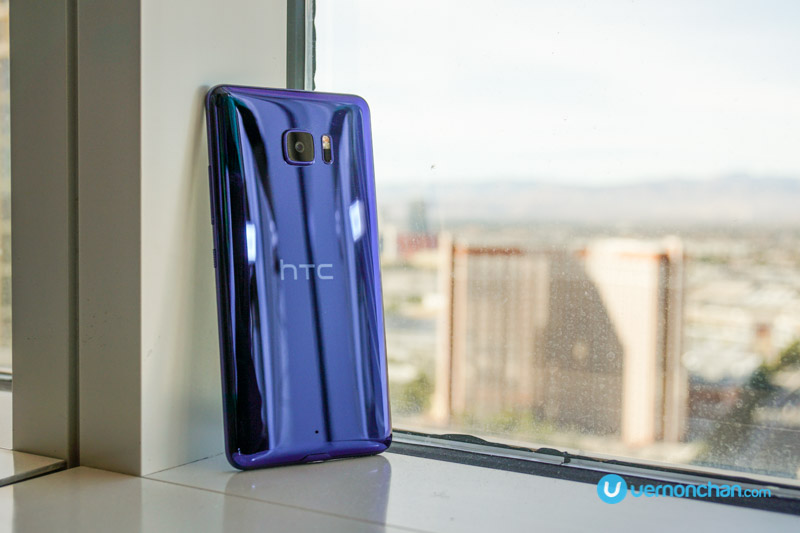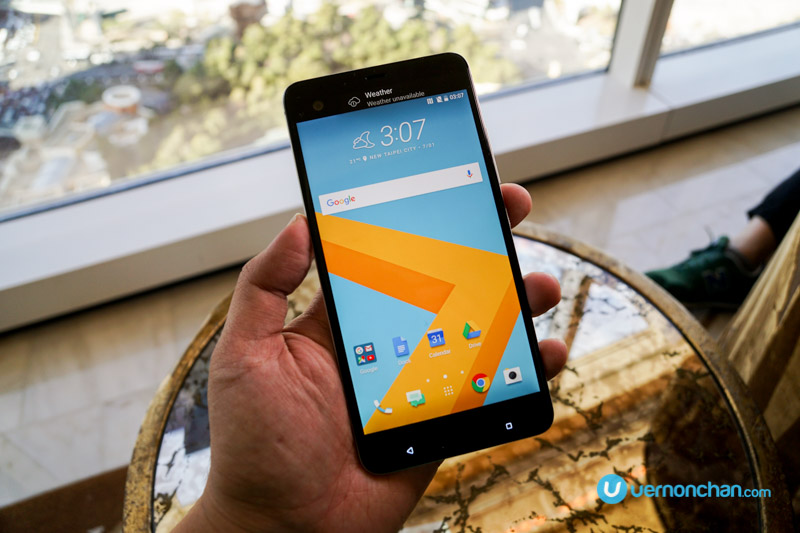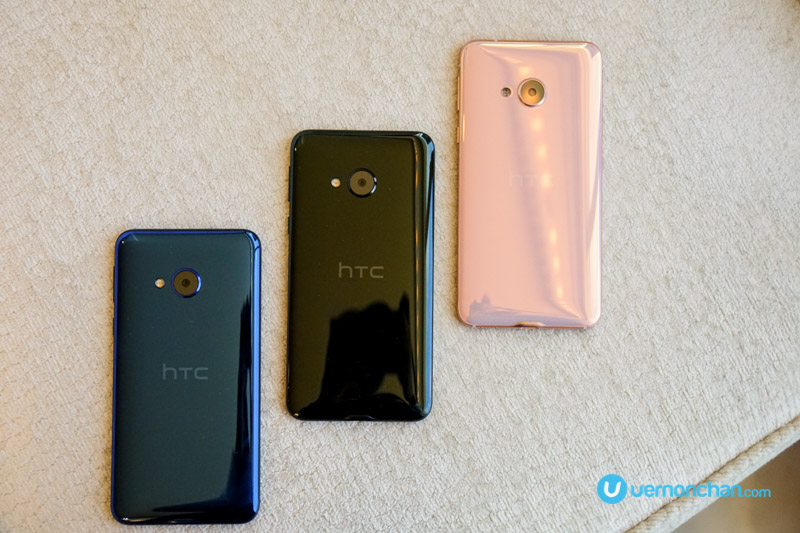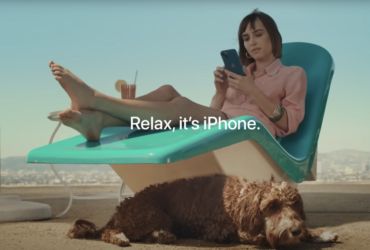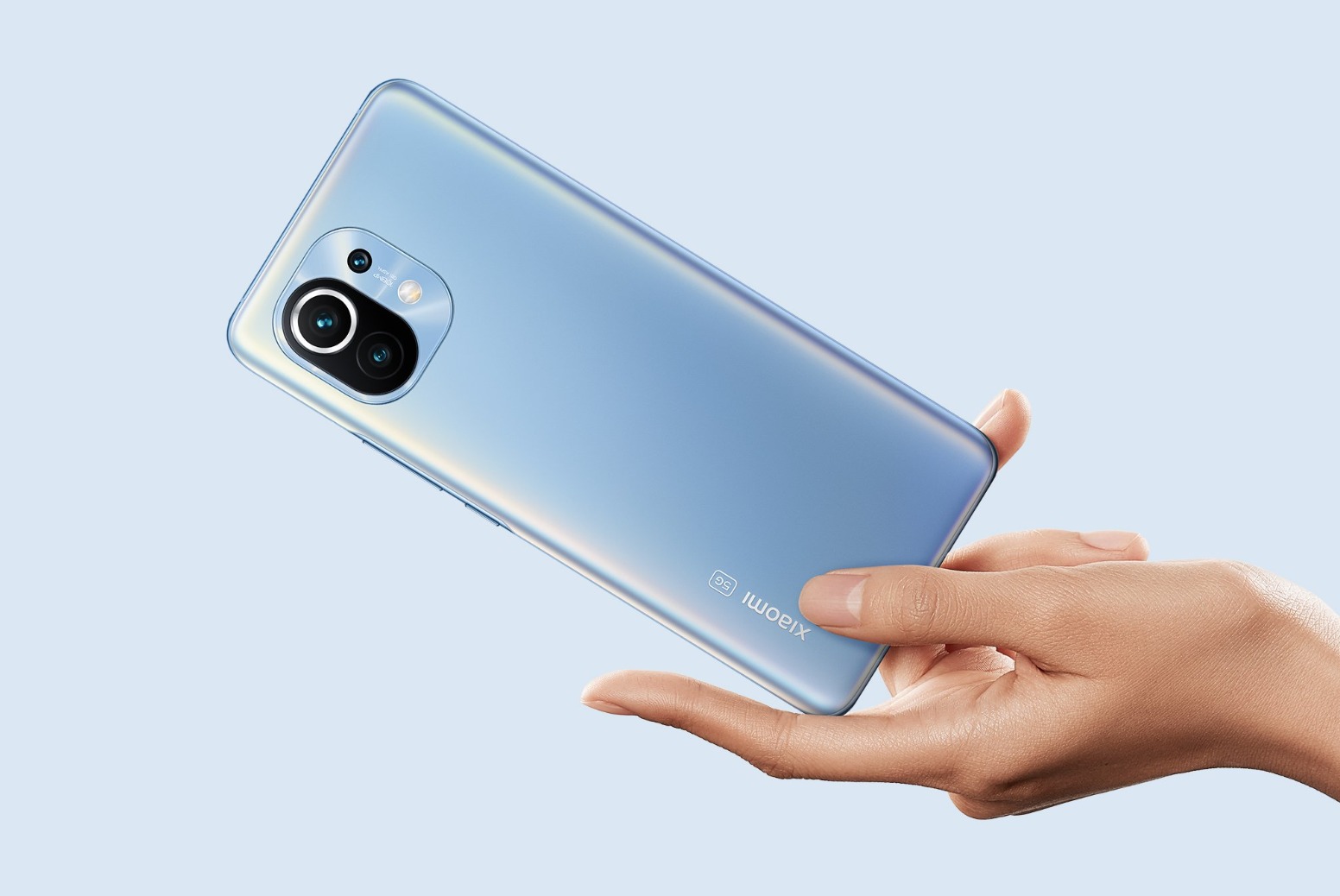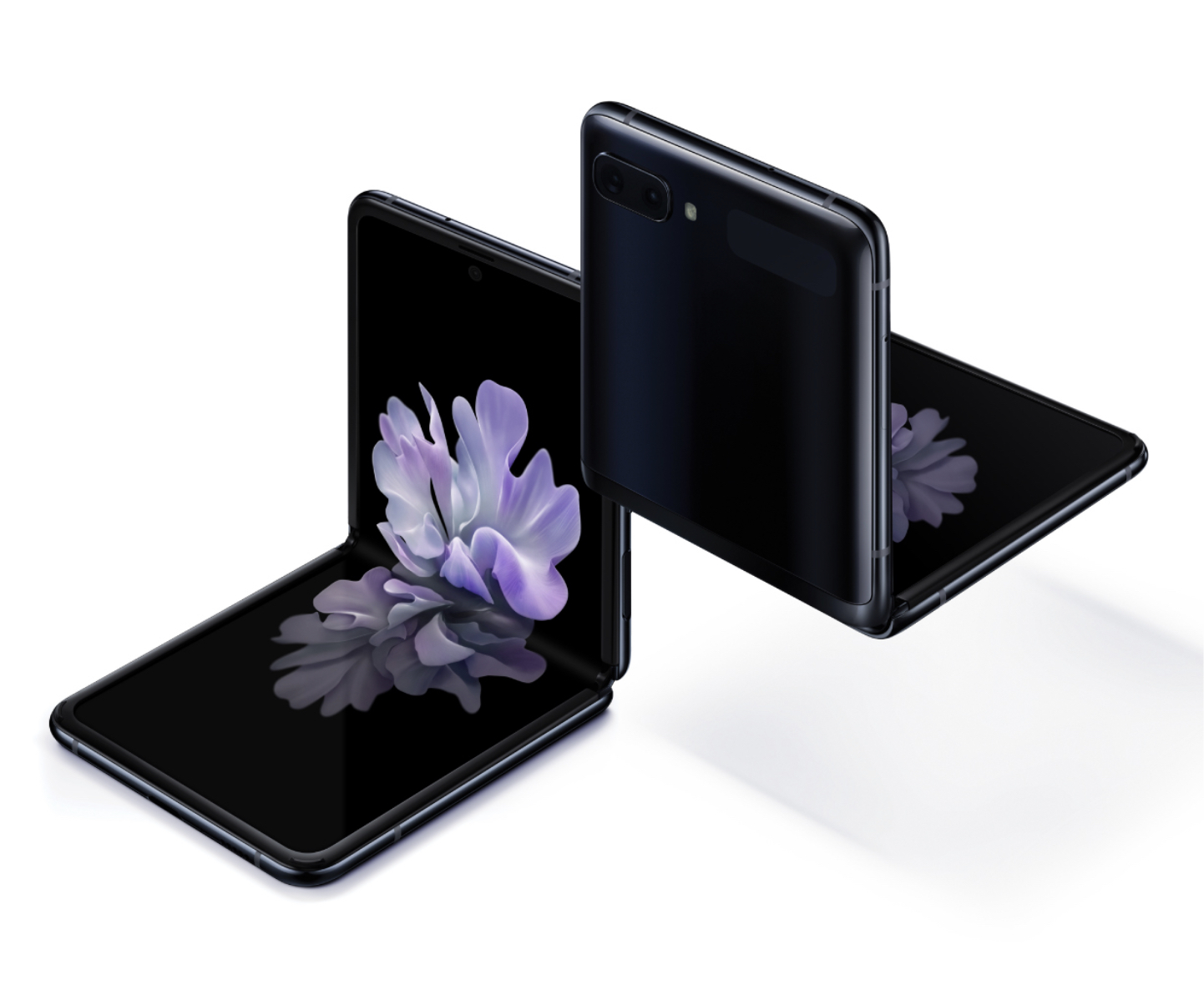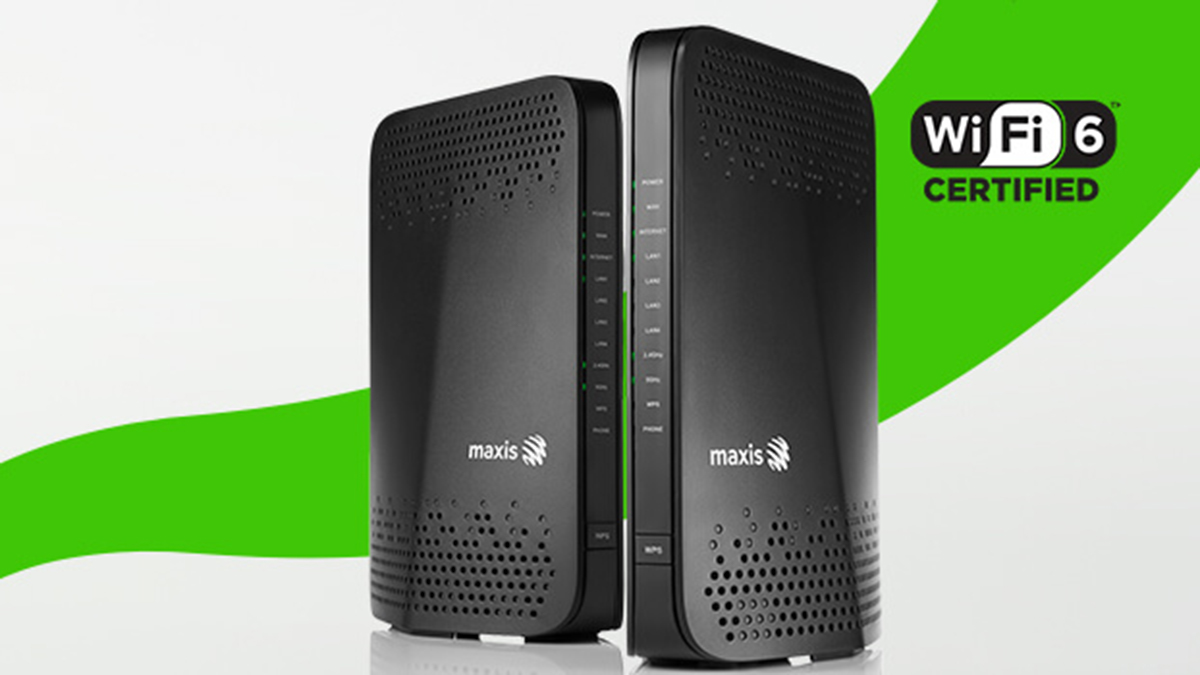As a company that has built a reputation around making delicious metal unibody smartphones, HTC of 2017 is either – “incredibly courageous” or “go away, we’re smoking a joint.” Its new HTC “U” range of smartphones marks the departure of sexy metal, to what HTC hopes we consider to be “sexy glass.”
The first two devices from its new “U” range (goodbye One) are the HTC U Ultra and U Play. I got to fondle both devices a couple of days before CES 2017, in Las Vegas.
The duo features “Liquid Surface Design” – something HTC describes as fluid, multi-dimensional and symmetrical. For the most part, it is stunning, though not entirely fresh. You’ll be instantly reminded of the equally magnificent-looking honor 8.
While I admire how it looks, especially when light hits different parts of the reflective surface, I don’t relish how much of a fingerprint magnet it is. Nothing a phone case won’t solve, but… you get what I mean.
Cosmetics aside, HTC is trying to sell us something else. It’s selling us the idea that smartphones should be smarter. Smartphones should have the ability to learn, adapt, evolve. At least from a software standpoint.
And this is where the new HTC Sense Companion comes in. It’s powered by AI (and yes, you can throw in ‘machine learning’ if that turns you on), making the phone smarter than the run-of-the-mill (which is pretty much everything out there). It’s sort of a pro-active digital assistant, that’s non-intrusive.
It all revolves around “you.” As smartphones should reflect you as an individual. At least according to HTC. And thus, this AI-powered HTC companion learns as it goes along and as you go about your day. It learns your routine, as well as takes feedback from you. Until in the end, it becomes an extension of you.
Aspirational, I suppose.
HTC U Ultra
So, anyway. The HTC U Ultra, the bigger of the two – is the more powerful, bigger device. It sports a 5.7-inch QHD Super LCD 5 screen with Gorilla Glass 5.
For the first time on any HTC device, the U Ultra features a dual-display. You’ve probably seen this on the LG G5, or the new LG V20.
On top of the main display is an “always on” 2-inch (160×1040 pixels) screen. It’s a customisable notification bar that can show your favourite contacts or app shortcuts. If it reminds you of the Edge Screen on the Galaxy S7 edge or Note5, well, you’re not wrong.
Inside, it gets a top-spec Qualcomm Snapdragon 821 chip, mated to 4GB of RAM. Storage is 64GB for the standard version. In Las Vegas, HTC mentioned a 128GB Premium variant with Sapphire Glass, but it is unclear if this will hit Malaysian markets later. If 64GB is limiting, slot in a microSD for up to 2TB more.
On the camera front, the U Ultra packs a 12MP f/1.8 UltraPixel 2 main shooter that boasts laser AF, PDAF and OIS. On the front, it’s a whopping 16MP selfie shooter, with the option of turning on UltraPixel.
HTC hasn’t ignored audio, something its One family has been known for, thanks to BoomSound and front-firing speakers.
The front-firing speakers are absent, but there is “BoomSound HiFi” edition speakers, and four always-on built-in mics. The mics support “biometric voice unlocking.”
Depending on how you feel about it, the U Ultra makes do without the analog 3.5mm headphone jack. The good news is, HTC is bundling a pair of USonic Hi-Res in-ear headphones that connects via USB Type-C.
A fairly large 3,000mAh battery that supports Quick Charge 3.0 fast charging is built-in.
The U Ultra is a dual-SIM, 4G LTE device.
HTC U Play
The U Play features a similar Liquid Surface Design, but a smaller 5.2-inch Full HD Super LC display. Unlike the U Ultra, it does not feature a secondary ticker screen.
Disappointingly it is powered by the mid-range MediaTek Helio P10 processor, though packing a generous 4GB of RAM. You would think that for its price point, HTC could have at least put in the higher spec X-range processor or a Snapdragon. There’s 64GB of storage, expandable via microSD (up to 2TB).
The device gets identical 16MP f/2.0 shooters on the front and back.
Like its bigger sibling, it lacks a 3.5mm headphone jack, and also comes bundled with USonic headphones.
A smaller 2,500mAh battery that charges up via the USB 2.0 Type-C port comes standard.
Pricing and availability
The HTC U Ultra retails for MYR2,999, while the HTC U Play is kinder on the wallet at MYR1,899. Both will be available online and in-store beginning early March 2017.
So, what do you think of HTC’s new 2017 line-up? Are you happy that they’ve ditched metal for glass?




